Meet the mother-daughter doctor duo who looks after the Cincinnati Zoo's gorillas
Dr. Uma Kotagal, now 76, was a Cincinnati Children’s neonatologist caring for newborns in the 1970s when she first encountered a whole different kind of baby: the gorilla.
Kotagal was not only among the first Cincinnati Children's pediatricians to work with Cincinnati Zoo animals – she worked with the first gorillas born there.
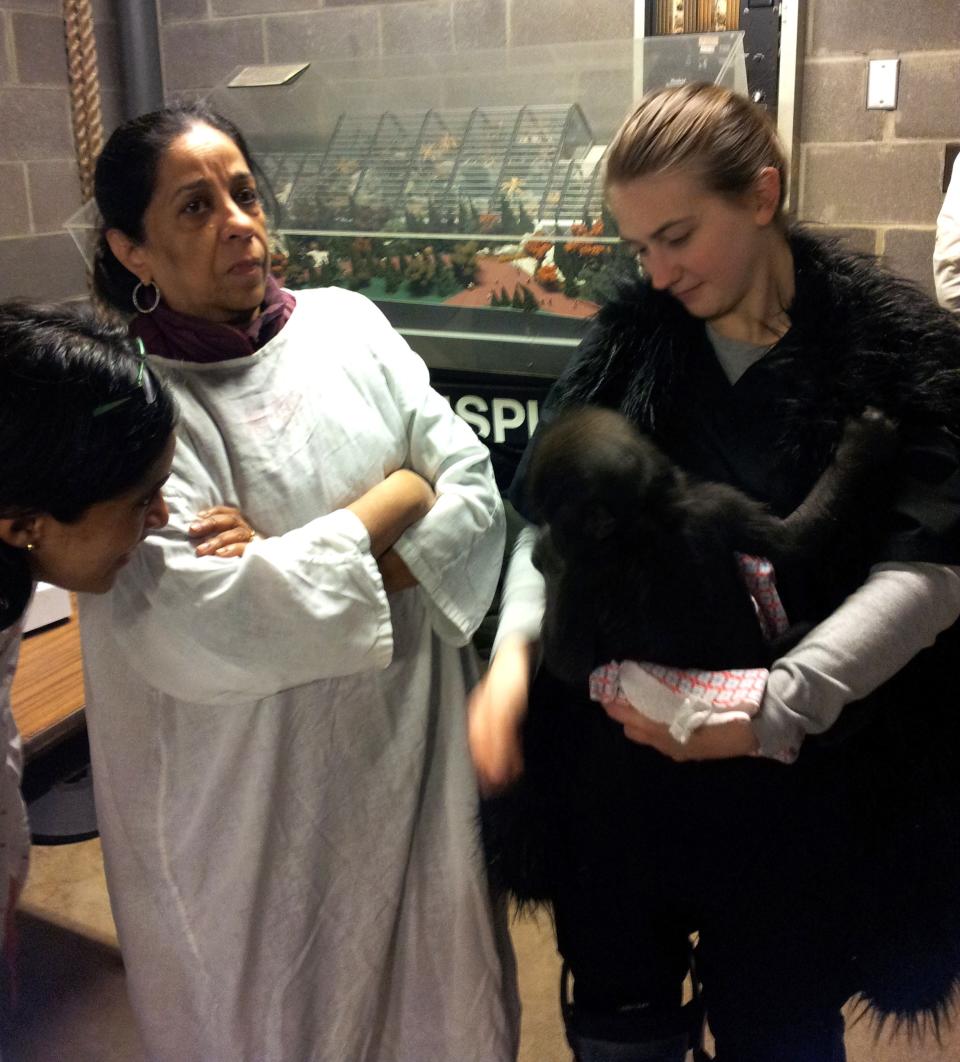
She would bring her daughters, Meera and Kalpana, to the zoo with her when she could, so they could watch her and other caregivers treat the baby gorillas. The girls later joined a junior zoologist program there.
When she grew up, Meera Kotagal followed a similar professional path as her mother's. She is a Cincinnati Children's surgeon and director of the hospital's trauma services. Also following her mother's love of the animals, she became chair of the Cincinnati Zoo Ambassador Council.
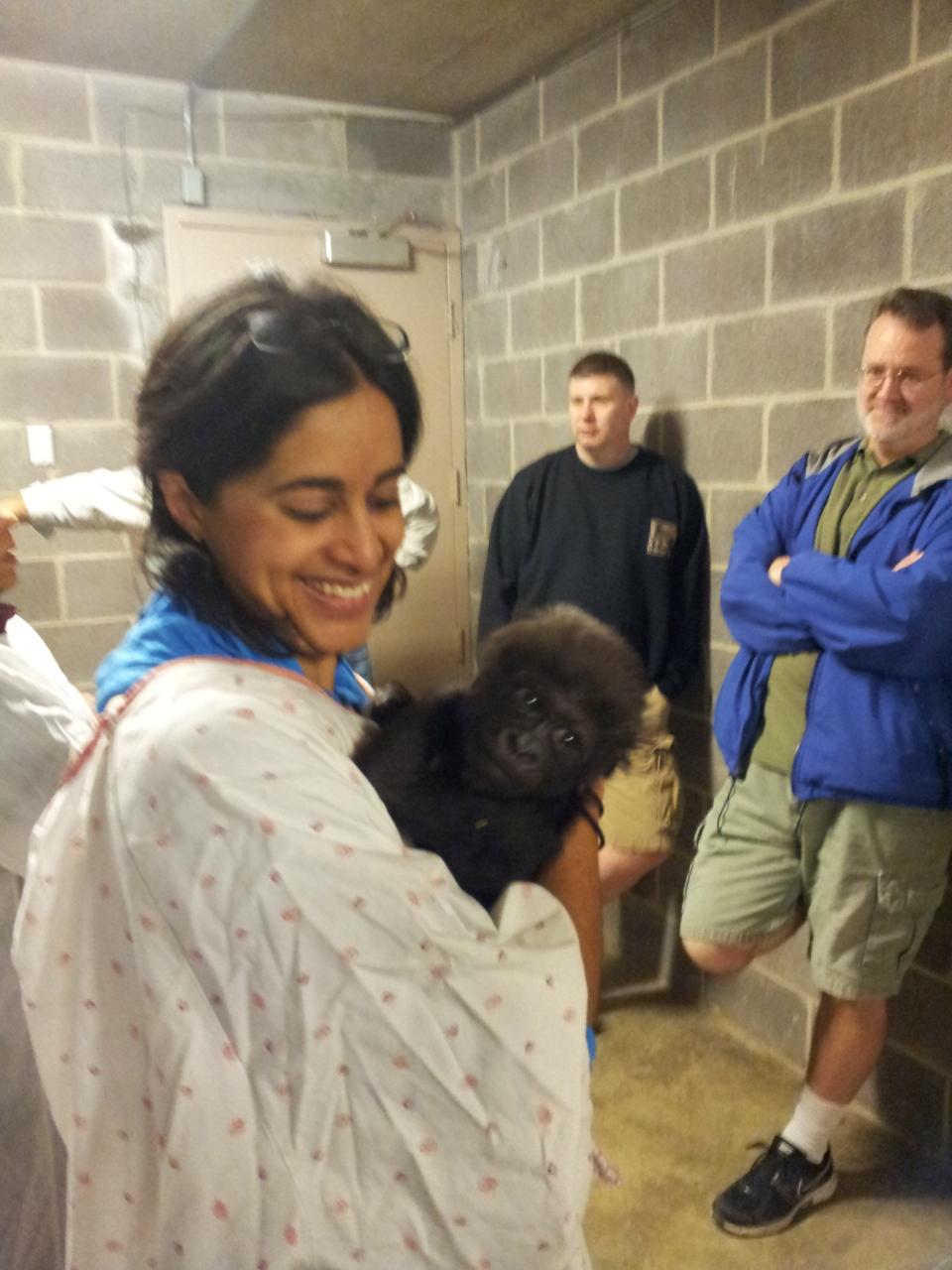
Also like her mother, who is now a professor emerita of Cincinnati Children's pediatric department, Dr. Meera Kotagal joined the support staff from the hospital that is called upon to care for zoo animals – including gorillas.
The mother and daughter both have cared for Gladys, the 11-year-old gorilla who was fitted with a titanium cast last week after undergoing surgery for a broken arm. Meera Kotagal assisted with Gladys' arm-repair surgery.
The doctors talked with The Enquirer about their experiences with gorillas this week. We edited their responses for clarity and length. We've used their first names to be clear – since they share the same last name.
Question: Uma, How did you become involved with the zoo animals and particularly, gorillas?
Uma: As a neonatologist at Cincinnati Children's, my work with human newborns was similar to needs that the zoo had with its new baby gorillas. Another doctor and I were called in to help the zoo team identify causes of the gorilla's infections.
Soon, we were also treating some of the littlest gorillas, who seemed to be a lot like human children.
The team developed a treatment protocol that became a standard for zoos across the country.
Q: Meera, can you share a memory of being at the zoo with your sister as your mother worked with the gorillas?
Meera: In a lot of ways, my sister and I sort of grew up at the zoo and when we were little, my mom started helping with the newborn gorillas.
We saw baby gorillas in the nursery. But we'd also watch gorillas in their habitat.
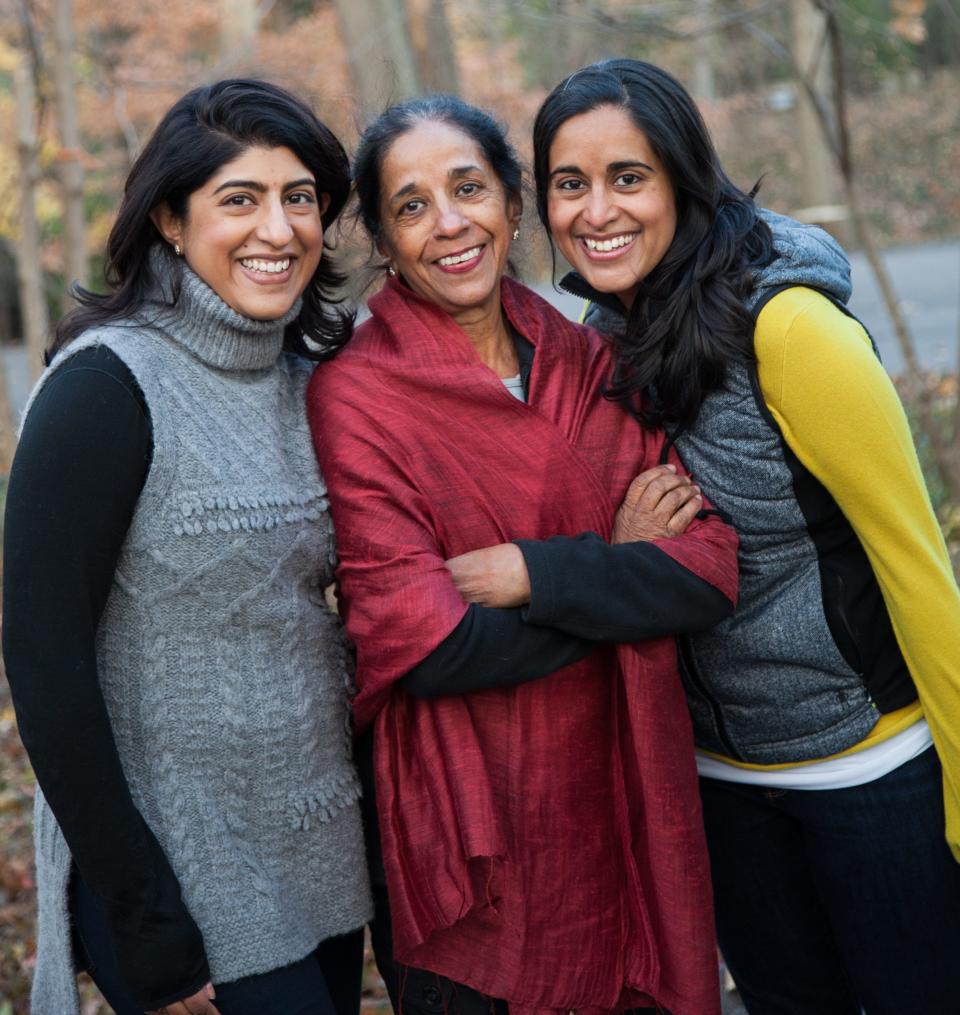
We used to just sit and watch them. That was sort of our favorite destination.
Q: Things have changed since your mom worked so closely with baby gorillas in the 1980s, compared to now with the work you do. Tell us about that.
Meera: Back when my mom first started helping and the gorillas would be getting sick, a lot of times they had diarrheal illnesses, which are pretty common in kids too. The doctors would often take the baby gorillas, in order to help rehydrate them or other things that they needed from a treatment standpoint.
And I think at that time, we didn't necessarily realize that their moms were great at taking care of them and knew how to do that. Now, humans keep their distance as much as possible.
Q: Uma, when you and Meera met Gladys as a baby, did she seem to have her own, as we humans would call it, personality?
Uma: Yes! Gladys came to us young, but bright and sassy. Even then, as a baby, she was sprite and charming. She got along with the older primates, seeming comfortable and connected.
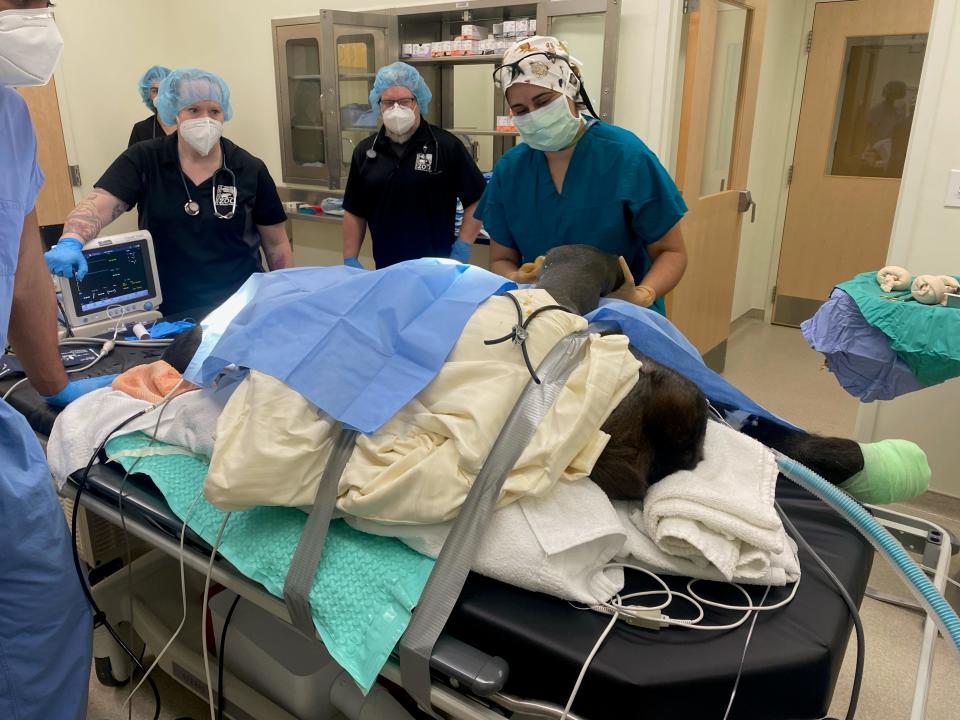
Q: Meera, what can you tell us about that encounter with Gladys? We understand you and your mother diagnosed her with an umbilical hernia, and two other doctors fixed it.
Meera: We were being really careful to try to limit her contact with humans, because the goal was obviously for her to be a gorilla and not to be a human baby.
I did hold her when I was examining her in order to kind of make a diagnosis. And you know, they're a lot like babies, but bigger and furrier. And you get a sense of the wildness.
Q: What was it like for you seeing Gladys again at 11 years old?
Meera: She has a much more well developed musculature of her upper extremities because she moves that way and hangs and navigates through spaces in ways that we don't as humans.
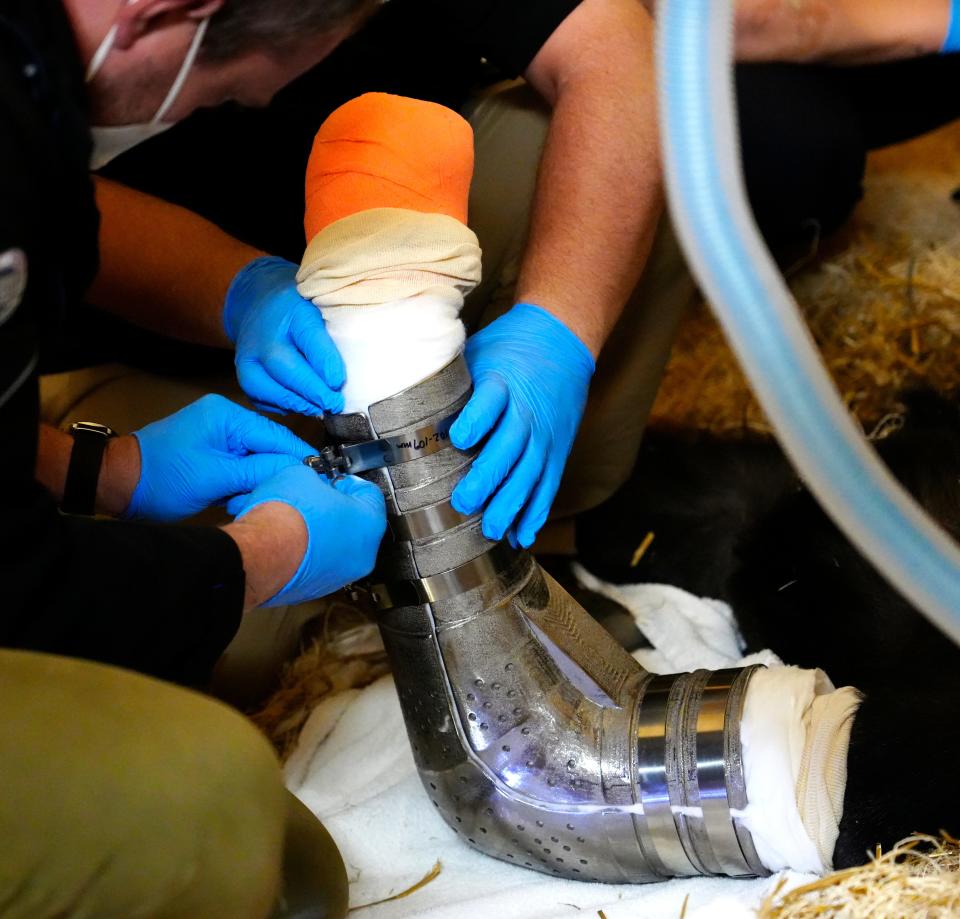
She's 150 pounds I can't carry her anymore!
Q: Are you seeing Gladys regularly?
Meera: I'm mostly treating myself by going to see her, but you know, we all worry about our patients, no matter whether they're human or gorilla. And we have every reason to be optimistic that she'll have a really good outcome from the repair.
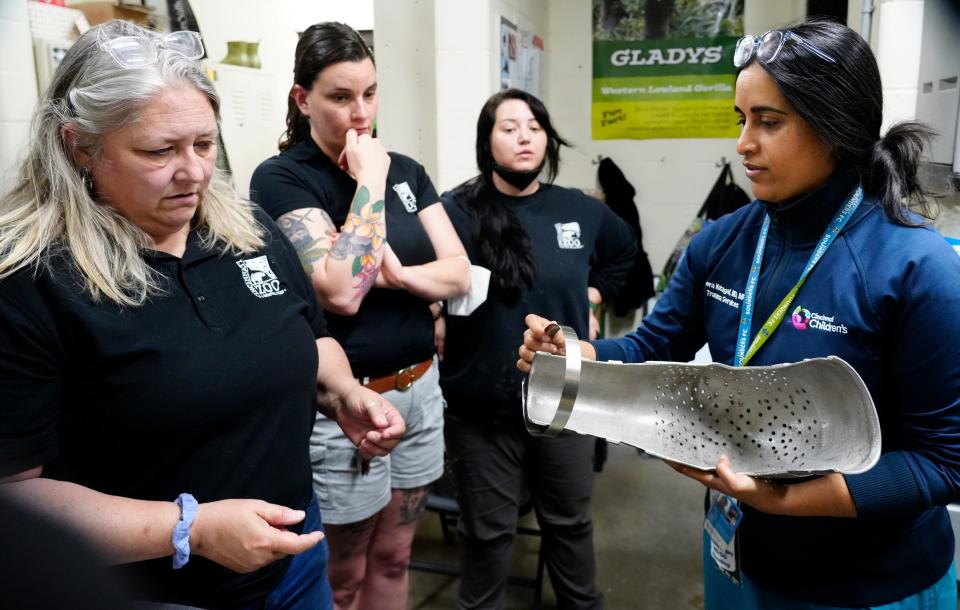
Q: Can you share how the rest of us can best experience the Cincinnati Zoo gorillas?
Uma: Spend time observing an individual gorilla – the silverback, or the baby and mom, or a juvenile. Watch how they play and interact. Especially the young ones. They play and startle each other as a game. Watch the interactions between different troop members and how they treat each other.
Each relationship is different.
Meera: I think the biggest thing is just being present. When we were kids, we used to just go and stand, you know, and watch them and watch their interactions and just be present without expectation that they're gonna do something.
I think when you come to see creatures like Gladys or, like any of the other sort of magical moments that we have, just being patient and taking the time to just sit in the moment and be present and experience it, because sometimes it takes time.
There's a lot of really amazing things to see when you give give space for them.
This article originally appeared on Cincinnati Enquirer: Cincinnati mother-daughter duo treats sick kids and ... gorillas